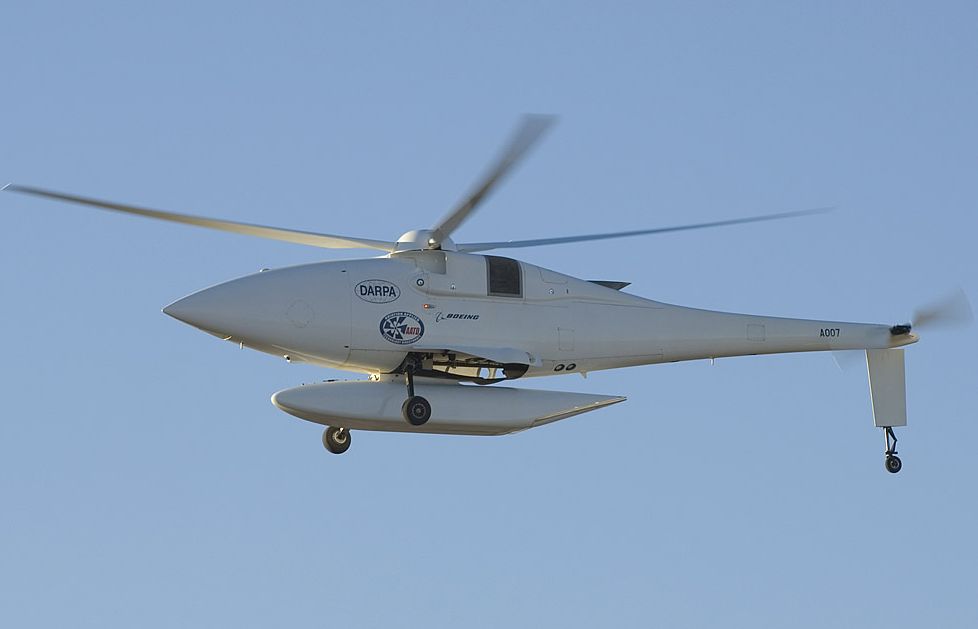The U.S. Army is using a hybrid-type acquisition approach to develop a helicopter-like, Vertical-Take-Off-and-Landing Unmanned Aerial System with a so-called ARGUS wide-area surveillance sensor suite designed to beam back information and images of the surrounding terrain, service officials said.
Beginning in May or June of 2012, the Army will deploy three Boeing-built A160 Hummingbird Vertical-Take-Off-and-Landing Unmanned Aerial Systems, or VTOL-UAS, to Afghanistan as part of a Quick Reaction Capability, an acquisition approach aimed at delivering cutting-edge and emerging technologies to theater to add capability and inform requirements while simultaneously developing a formal Program of Record approach, said Lt. Col. Matthew Munster, product manager, UAS Modernization.
“These aircraft will deploy for up to one full year as a way to harness lessons learned and funnel them into a program of record,” Munster said.
The formal VTOL Program of Record will involve a full and open competition among many vendors able to propose UAS solutions able to meet the desired requirements, he added.
Army VTOL UAS program developers and engineers are now finishing up some wiring work on the A160 aircraft and performing ground tests with the ARGUS sensor suite.
“The ARGUS sensor suite has never been flown on this platform before so we have to make sure that the integration is complete. We are finishing that up now and adding some different types of antennas. We begin flight testing of the UAS at Yuma Proving Grounds, Arizona, early next year,” Munster said.
The VTOL aircraft will give forward-positioned Army units the ability to deploy a wide-area UAS Intelligence, Surveillance Reconnaissance, or ISR, asset without needing access to a runway.











